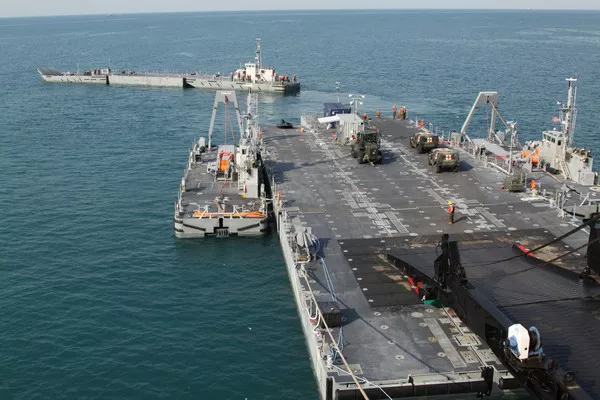A recent report by VesselsValue has unveiled the top 10 shipowning nations for the year, assessing the total asset values for vessels by beneficial owner country. The landscape of maritime ownership has seen significant shifts over the past 12 months, with notable changes in asset values and ownership strategies.
Japan Leads the Way
Japan continues to hold the top position, boasting the highest valued fleet with approximately USD 206.3 billion in assets. This marks an increase of around 5% since the previous report in November 2022. The Tanker sector has witnessed significant investment, with nearly 100 vessels added to the fleet, resulting in a total value increase of approximately 15.5%.
Out of all shipowning countries, Japan possesses the highest value fleets for LNG and LPG vessels, as well as the largest and most valuable fleet for vehicle carriers.
China’s Dominance
China maintains its stronghold in second place, with a fleet value of USD 204 billion and a total of 6,084 vessels. The Bulker fleet in China is particularly noteworthy, with improved market fundamentals leading to firm earnings, especially for Capesizes.
China also leads in the Tanker and Container sectors, with substantial fleet sizes and values. However, the Container fleet has seen a decrease in value due to market slowdowns compared to the highs of 2022.
Greece’s Continued Influence
Greece remains in the third position, demonstrating strength in both the number of vessels and overall fleet value. The Greek Tanker fleet, valued at USD 69.5 billion, surpasses China by USD 22.1 billion. Ongoing geopolitical factors, such as Russian sanctions, have contributed to bolstered earnings for Tankers, maintaining values at near-record levels.
Additionally, Greece boasts the second largest LNG fleet globally, with values consistently remaining elevated due to increased demand.
USA’s Cruise Dominance
The USA secures its place in fourth position, with a total fleet value of USD 99.9 billion. Notably, USD 49 billion of this value is represented by cruise ships, solidifying the USA’s status as the world’s largest cruise owner. Despite a decrease in fleet value since the last report, the USA maintains its dominance in the cruise industry.
Singapore’s Strategic Position
Singapore maintains fifth place, with a fleet value of approximately USD 85.7 billion. The Container fleet in Singapore ranks third globally in terms of value, accounting for a significant portion of the overall fleet value.
South Korea’s Investment Returns
South Korea retains its position in sixth place, with a fleet value of USD 67 billion. Investment in the LNG sector continues to pay off, with values remaining firm and high. Notable investment has also been observed in the newbuilding sector, particularly in the car export industry.
Norway’s Rising Profile
Norway climbs to seventh place, surpassing Germany, with a fleet value of USD 59.3 billion. Investment in the Gas sectors has been a significant driver of this growth, with the LNG fleet experiencing a notable increase in value.
UK’s Maritime Strength
The UK moves back up to eighth place, with a fleet value of USD 53.8 billion. Strong gains in the Tanker sector have contributed to the overall increase in fleet value, along with notable investments in the LPG sector.
Germany’s Decline
Germany experiences a decline in global rankings, dropping to ninth place with a fleet value of USD 17.8 billion. While traditionally strong in the Container sector, decreased earnings have led to a reduction in fleet value.
Hong Kong’s Entrance
Hong Kong makes its debut in the top 10 list with a fleet value of USD 44.7 billion. Notably, investment in the Bulker sector has propelled Hong Kong to the fifth position, with strong values across all sub-sectors.
In conclusion, the maritime landscape continues to evolve, with shifting asset values and strategic investments shaping the rankings of the world’s top shipowning nations.

























